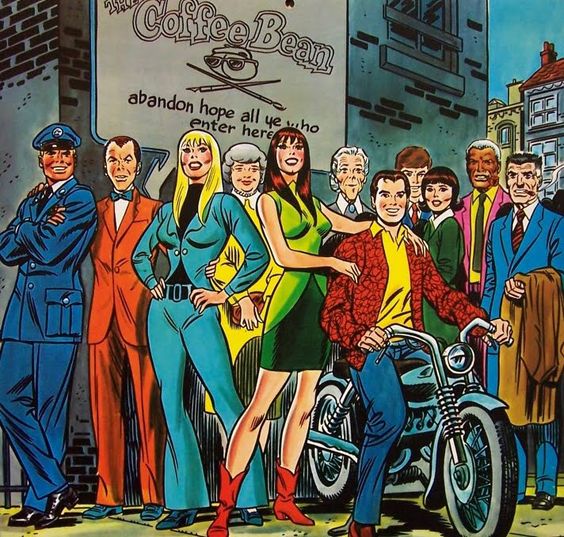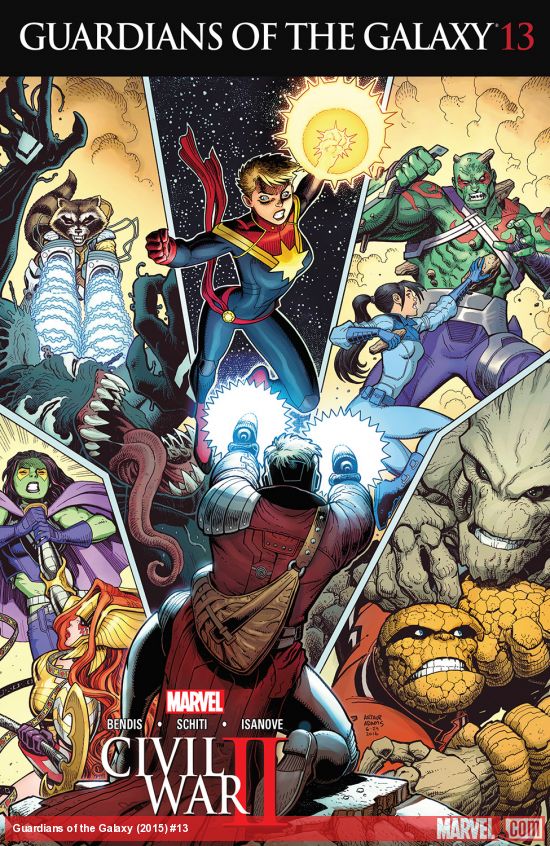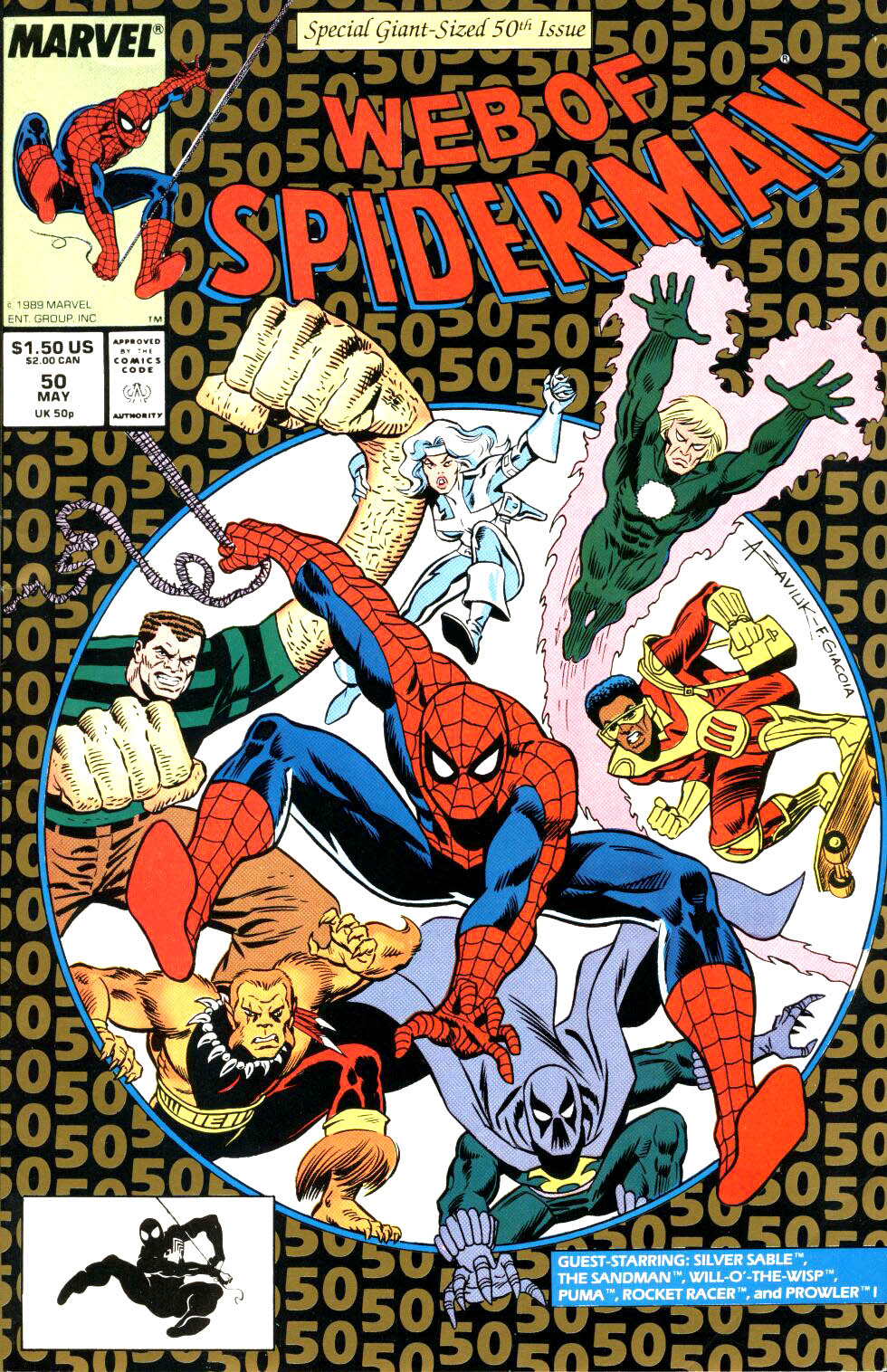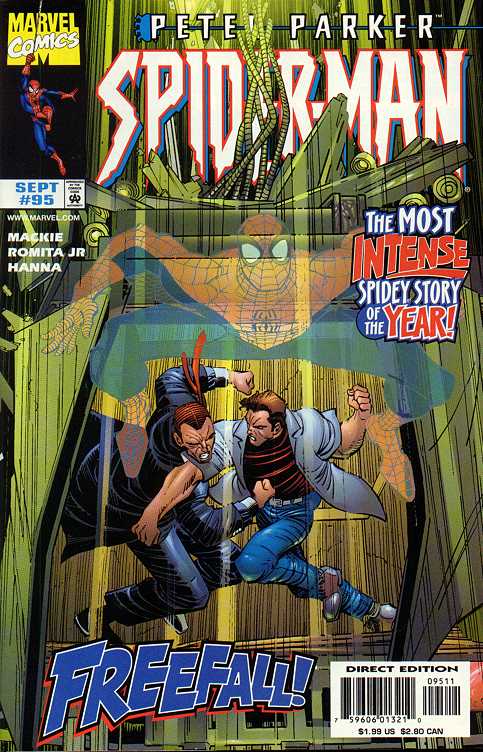It has often been said that Spider-Man has the greatest supporting cast ever. But when you think about it that fact isn’t just dramatically convenient, it’s actually incredibly poignant.

In life we are all of us defined to a certain extent by our relationships with others. Not only are these relationships important to our health (physically, mentally, emotionally and even spiritually if you go in for that) but they’re vital to our identities as well.
In a sense this is why Spider-Man’s supporting cast was so robust and well developed. It’s because Spidey himself is supposed to be a (relatively) realistic guy.
That doesn’t mean he’d know a lot of people and have a lot of relationships simply because most people do.
Peter genuinely needs those people in his life.
He needs them to keep him sane, stable, healthy, happy and ultimately fulfilled.
We can observe this in action by comparing the Steve Ditko era to the John Romita Senior era.
In the former Peter’s closest ‘friends’ consisted of Aunt May was his girlfriend Betty Brant. Parental and romantic relationships are important but we also need platonic and non-familial friendships too. Aunt May was kind to Peter obviously but could not be described as a real friend, nor could Betty who was first and foremost a lover and co-worker to Peter than his friend. And of course she wasn’t even the nicest person in that capacity a lot of the time.
Peter’s only other significant relationships were with his aggressive and demeaning boss J. Jonah Jameson, his school rival Flash Thompson and some of his school peers (like Liz Allan), none of whom could be honestly described as his friends.
During the course of this era Peter was (unsurprisingly) often less than sociable and not as nice as he could have been and tended to be negative more often than not.

In contrast, during the Romita Senior era Peter’s friendship circle grew to include his roommate Harry Osborn, his love interest Gwen Stacy and his other love interest Mary Jane, all of whom (to varying degrees) were most definitely his friends. Even Flash and Peter’s relationship began to soften and they transitioned from enemies and rivals into at worst frenemies.
Although Peter was far from devoid of moments of stress, anxiety, antisocial behaviour and negativity, he was far more chilled out, friendly and (comparatively) upbeat than he was before.


Furthermore, as I mentioned up top, relationships are also integral to defining our own identities.
We could spend several articles discussing how Spider-Man’s identity is defined through each relationship in his life, but instead let’s just focus on two. Namely Aunt May and Mary Jane. Luckily the J. Michael Straczynski run on ASM provides a great microcosm of their relevancy to Peter’s identity.
A frequent criticism of that run at the time was the lack of supporting cast members compared to virtually every other run before it. For the most part MJ and Aunt May were the only regularly featured supporting cast members. However this criticism is rather unfair as it fails to properly historically contextualize the run.
Back in 2001 when JMS began his run Spider-Man was in absolutely dire creative and financial straits. Just prior to JMS’ tenure sales and critical reception had steeply declined during the utter failure of the Howard Mackie/John Byrne run that had attempted (entirely unnecessarily) to take Spider-Man ‘back to basics’. Translation: tried to make Spider-Man ‘young, hip and single’; it was very much a precursor to Brand New Day.
JMS was handed Spider-Man in a state of disrepair and so had to make the 616 version of the character work again or else risk readers turning exclusively to the then new Ultimate Spider-Man book by Brian Michael Bendis and Mark Bagley.
JMS endeavoured to do this by effectively reconstructing Peter Parker’s character. He did this focusing upon the essentials and absolute essence of the character. Or to put it another way, he shone a light upon his identity.
Part of this involved having Peter question the very origins of his powers, with new character Ezekiel Sims presenting the possibility that they were magical in origin rather than scientific as Peter had always believed. But another vital part of JMS’ strategy involved stripping the supporting cast down to just Aunt May and Mary Jane.
As I said, we are all of us to a large degree defined by our relationships with others. And the people in our lives whom we have deep personal relationships with are the most defining of all. JMS’ focus upon MJ and Aunt May was very much in line with this. It zeroed in on who exactly Peter Parker was as a person precisely because they were the people he had the deepest personal relationships with.
In other words they were the most important people in his life and so the most vital in defining who he was.
Aunt May was his mother and so represented his roots. She showed him who he was fundamentally, who he had been throughout his life and the core values he was raised with and tried to live by.
Mary Jane was his wife and life partner, representing his future. She helped empower him day-to-day in his adult life and build a life for their future.
Or if you like, Aunt May helped make Spider-Man who he was whilst Mary Jane helped make him more than who he was.
But he needed both, just as he on some level needs all his major supporting cast members.
This notion of Peter needing his supporting cast and the relationships they provide is rather beautifully summed up in episodes 12-13 of the Spectacular Spider-Man Animated Series.
But aided by the memory of Uncle Ben Peter is able to reaffirm his sense of identity (symbolised by his adopting his classic red costume) and mentally duel the symbiote. He ultimately succeeds in reasserting control of his mind, body and soul by drawing upon the further memories and emotions associated with the rest of his supporting cast.
Spidey is outmatched by Venom’s superior muscle, but manages to separate the symbiote from Eddie Brock by offering to bond with it again. This was a trick however, as Peter is once again (and far more easily) able to prevent the symbiote from controlling him by conjuring up mental images of his supporting cast.
In both episodes we can clearly see the supporting cast fulfilling the dual functions of defining Spider-Man’s identity and safeguarding his mental, emotional and spiritual health.
It is because of his acquaintances, friends and family that Peter was able to cure himself of the symbiote that had poisoned him in an attempt to hijack his very identity.
In summary, Spidey’s supporting cast don’t just serve useful narrative functions or offer up compelling subplots.
They are vital to who Peter Parker is as a person and help make him as amazing as he can be.











I like this text; I really do.
I always laugh when I see Betty and Ned at Flash’s going away party. In that group, they know Peter, and that’s it (Betty met MJ briefly in the Ditko run). So the idea of them being invited to this party where they don’t know the guest of honor or 99% of the people there is funny. They have to specifically have her say that it was nice of Peter to invite them, because otherwise why would they be there?
Something similar happens when Betty and Ned get married. The wedding party is made up of Peter’s supporting cast, not Betty’s. Because as Josh once said (on ASM Classics?), “Betty doesn’t have any friends of her own.”